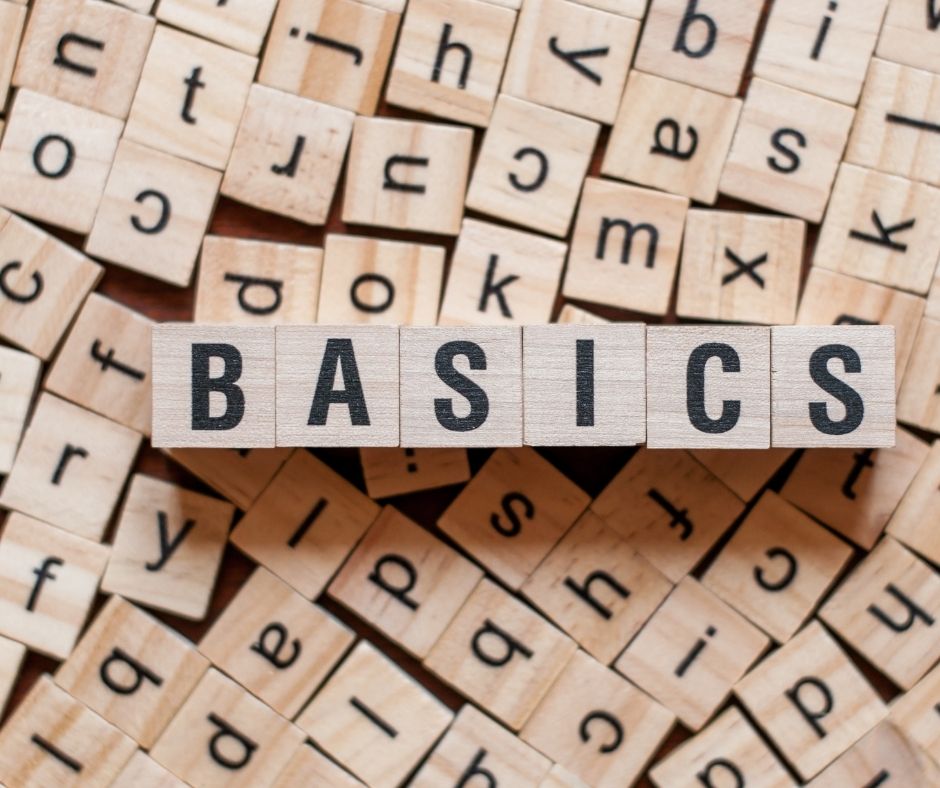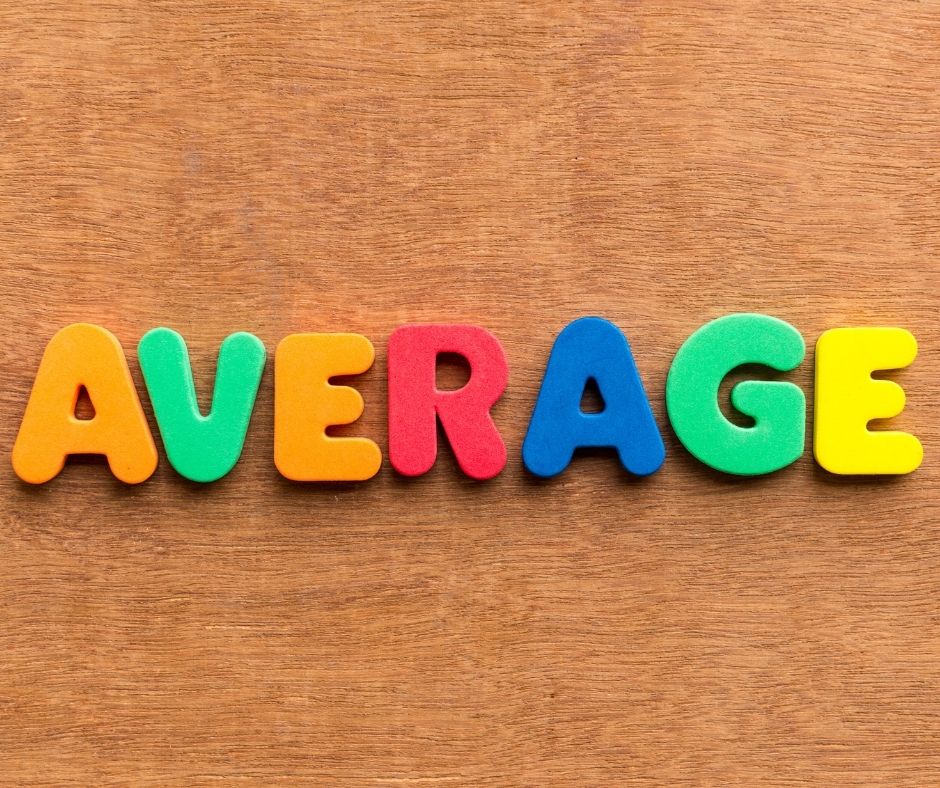term life insurance basics
When it comes to life insurance, there are two primary types of policies -- term and permanent. With a term policy, you choose the amount of coverage and the length of time for which it will be in effect before it expires; typically terms range from 10-30 years. Since this type of policy is temporary and only provides death benefits if the insured passes away within that set timeframe, term life insurance can often be more affordable than permanent. Permanent life insurance is designed to carry a person through their entire lifetime, with no expiration date or limit on how long the insured will receive coverage. The premiums for this type of policy may be more costly initially. Still, they can also build up a cash value over time, creating potential equity that may be accessed through loans or withdrawals later down the road.
Life insurance can be a valuable asset because it provides financial protection and peace of mind. It allows policyholders to provide for their families in the event of a tragedy or unexpected death, allowing us to protect our loved ones during times of hardship. Life insurance can also be used to create an inheritance and a tax-free income throughout your retirement years. No matter what type of life insurance you decide on, make sure you understand each plan's benefits and possible drawbacks before making a decision.



